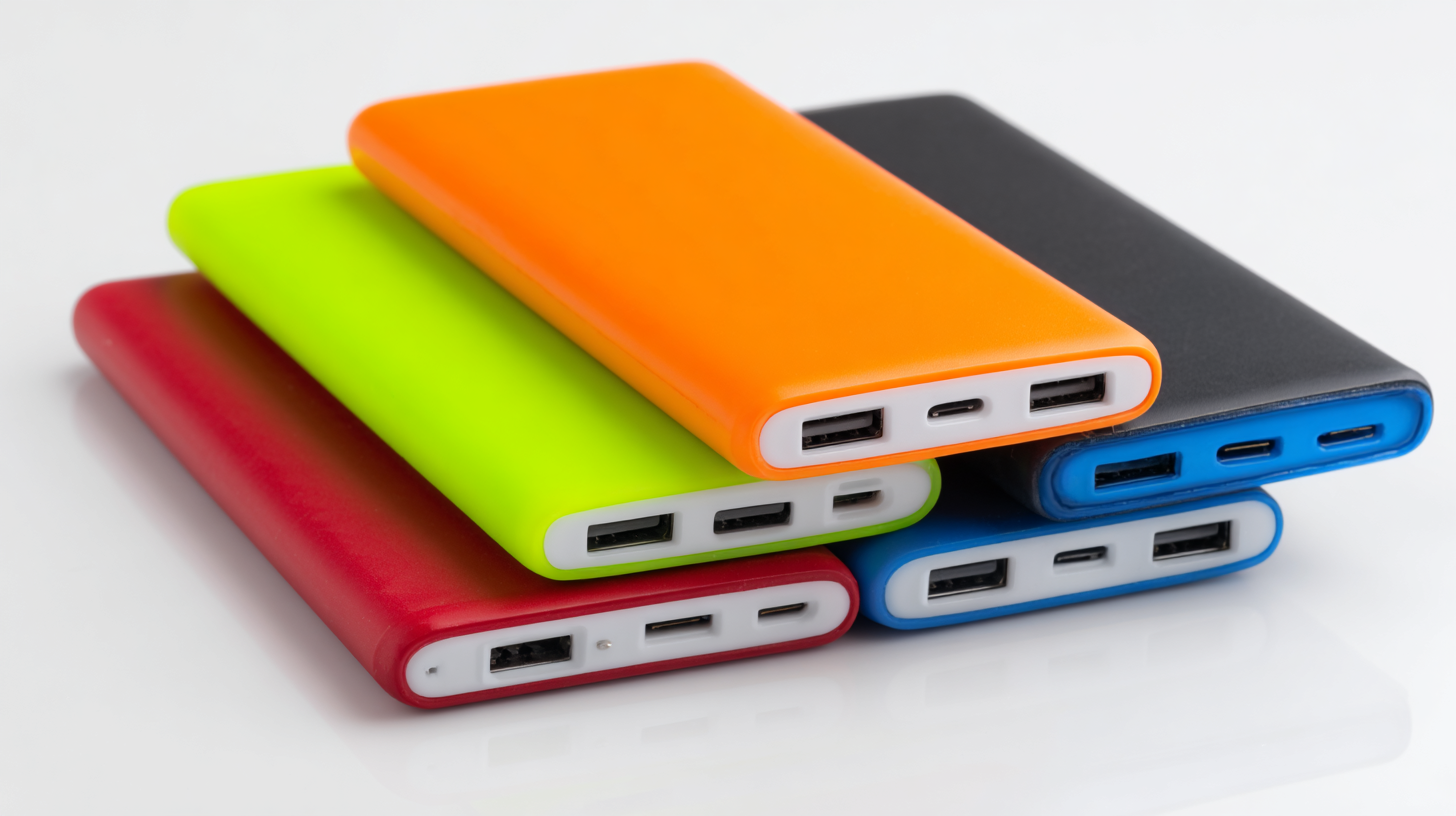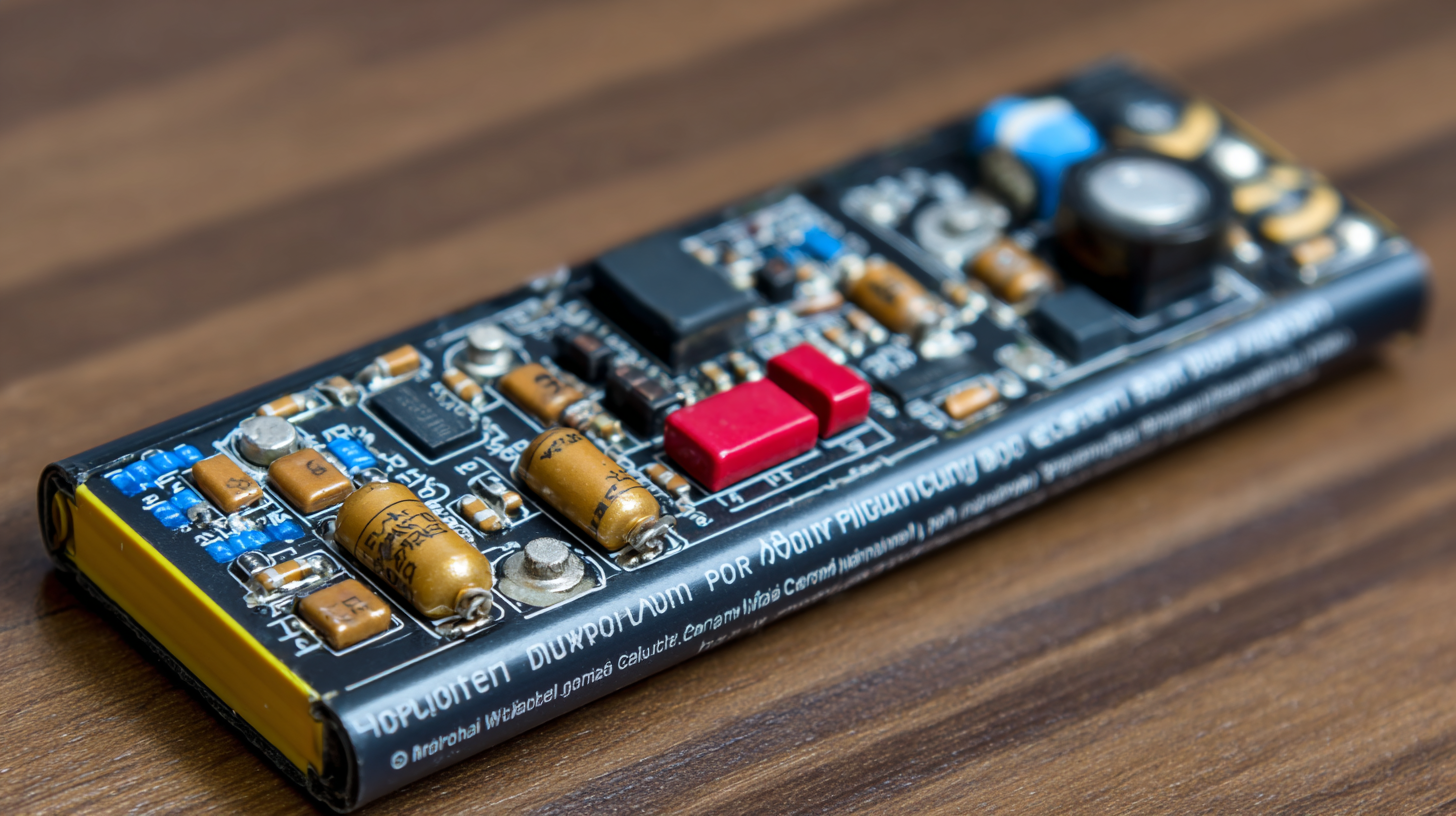
Unlocking the Power of Best Li Polymer Battery Comprehensive Guide to Specifications and Applications
As the demand for portable electronic devices and renewable energy storage continues to surge, the Li Polymer Battery has emerged as a pivotal technology in the powering landscape. According to industry reports, the global Li Polymer Battery market is projected to reach approximately $60 billion by 2025, with a compound annual growth rate (CAGR) of around 24%. This exponential growth is driven by advancements in battery technology, a rampant rise in electric vehicle adoption, and the increasing prevalence of consumer electronics. Additionally, the versatility of Li Polymer Batteries in various applications—from smartphones and laptops to electric drones—highlights their significance in modern technology. This comprehensive guide aims to unlock the potential of Li Polymer Batteries, exploring their specifications, applications, and future trends to provide insights for consumers and industry professionals alike.

Understanding the Basics of Li Polymer Batteries: Key Specifications Explained
Li Polymer batteries have revolutionized the tech industry with their lightweight and flexible design, making them a popular choice in smartphones and portable devices. Understanding the key specifications of these batteries is essential for both manufacturers and consumers. For instance, the typical energy density of Li Polymer batteries ranges from 150 to 200 Wh/kg, allowing devices to run longer between charges. Moreover, the discharge rates can reach up to 10C, which is critical for high-performance applications.
When evaluating Li Polymer batteries, it’s important to consider their voltage range, typically between 3.0V and 4.2V per cell. This range ensures optimal performance and longevity. Additionally, certain applications demand specific cycle life and temperature tolerances. For example, batteries used in high-drain devices should ideally perform at ambient temperatures, ranging from -20°C to 60°C, enhancing reliability and safety.
**Tips:** Always check the specifications related to charge and discharge rates to ensure compatibility with your device's requirements. Additionally, consider the battery’s cycle life—some models offer over 500 charge cycles, which can significantly influence long-term performance. Lastly, maintaining optimal temperature conditions can prolong battery life, so avoid exposing batteries to extreme heat or cold.

Identifying Quality Li Polymer Battery Manufacturers: Essential Criteria
When it comes to selecting a high-quality Li Polymer battery, identifying reputable manufacturers is crucial. Key criteria to consider include the company's industry experience and manufacturing capabilities. A manufacturer with a long-standing presence in the market typically has refined its production processes and quality control measures, ensuring that their batteries meet or exceed industry standards. Additionally, assessing their technological advancements can signal a commitment to innovation, which often results in better performance and longevity of the batteries they produce.
Another important factor is the manufacturer's adherence to safety and environmental regulations. Look for certifications, such as ISO or CE, which indicate that the company complies with rigorous safety standards and produces batteries using sustainable methods. Engaging with user reviews and performance ratings can provide insights into the reliability and efficiency of their products. By focusing on these essential criteria, you can streamline your search for a quality Li Polymer battery manufacturer and secure a product that meets your specific needs and applications.
Evaluating Performance Metrics: Capacity, Voltage, and Cycle Life
When evaluating lithium polymer (LiPo) batteries, performance metrics such as capacity, voltage, and cycle life are critical for determining their suitability for various applications. Capacity is typically measured in milliamp-hours (mAh), indicating how much charge a battery can store. According to a report by Technavio, the global LiPo battery market is projected to grow at a CAGR of 12% from 2021 to 2025, driven largely by an increasing demand for higher-capacity batteries in consumer electronics and electric vehicles. Higher capacity batteries allow devices to function longer without frequent recharging, making them ideal for applications where endurance is essential.
Voltage, another vital performance metric, affects the battery’s overall power output. Most LiPo batteries operate within a voltage range of 3.0 to 4.2 volts per cell, with higher voltage leading to improved efficiency. A study from MarketsandMarkets highlights that the growing trend is toward higher voltage solutions, as they help reduce the weight and size of battery packs while enhancing power delivery. Additionally, cycle life—the number of charge and discharge cycles a battery can undergo before its capacity falls significantly—plays a crucial role in longevity. Typical LiPo batteries offer a cycle life of approximately 300 to 500 cycles, but advancements in chemistry and materials are pushing some manufacturers to achieve up to 1000 cycles, indicating a promising future for these versatile energy storage systems.
Comparative Analysis: Li Polymer vs. Other Battery Technologies
When comparing lithium polymer (LiPo) batteries with traditional lead-acid and lithium-ion systems, it's essential to highlight both internal and external characteristics that influence their performance in real-world applications. Internal characteristics such as energy density, discharge rates, and cycle life play a critical role in determining the suitability of a battery for different applications. For instance, LiPo batteries typically possess a higher energy density than lead-acid batteries, offering up to 150 Wh/kg compared to lead-acid's 30-50 Wh/kg. This makes them ideal for applications requiring lightweight and compact power sources, such as drones and electric vehicles.
From an external perspective, factors such as charging time, temperature stability, and maintenance also differentiate these technologies. Lithium-ion systems often exhibit faster charge times and better performance at varying temperatures than lead-acid batteries, which can significantly drop in efficiency in colder conditions. According to industry reports, lithium-ion batteries can charge to 80% capacity in as little as 30 minutes, while lead-acid batteries may take all night to fully charge.
**Tips:** Always consider the specific application demands when choosing a battery technology. For high-performance needs, prioritize energy density and charge rates. Additionally, ensure proper maintenance protocols for lead-acid batteries to extend their lifespan, as neglect can lead to sulfation and reduced efficiency. Lastly, be mindful of the environmental impact when disposing of batteries, regardless of technology used.

Exploring Applications: Choosing the Right Li Polymer Battery for Your Needs
When it comes to selecting the right lithium polymer (LiPo) battery, understanding your specific needs is crucial. The application of the battery will greatly influence the type you choose. For instance, if you are utilizing the battery for drones or RC vehicles, you’ll require a lightweight battery with a high discharge rate to ensure optimal performance. On the other hand, for consumer electronics such as smartphones or tablets, a battery that balances capacity and size while offering a steady output over extended periods is essential.
Moreover, it’s essential to consider the voltage and capacity ratings. Choosing a battery with the right voltage ensures compatibility with your device, while capacity (measured in milliampere-hours, mAh) directly affects how long your device will run before needing a recharge. Always take into account the charging cycles as well; some LiPo batteries have a limited lifespan based on how frequently they are charged and discharged. Therefore, understanding these specifications and aligning them with your intended use will empower you to make an informed decision, ultimately enhancing your device's performance and longevity.
